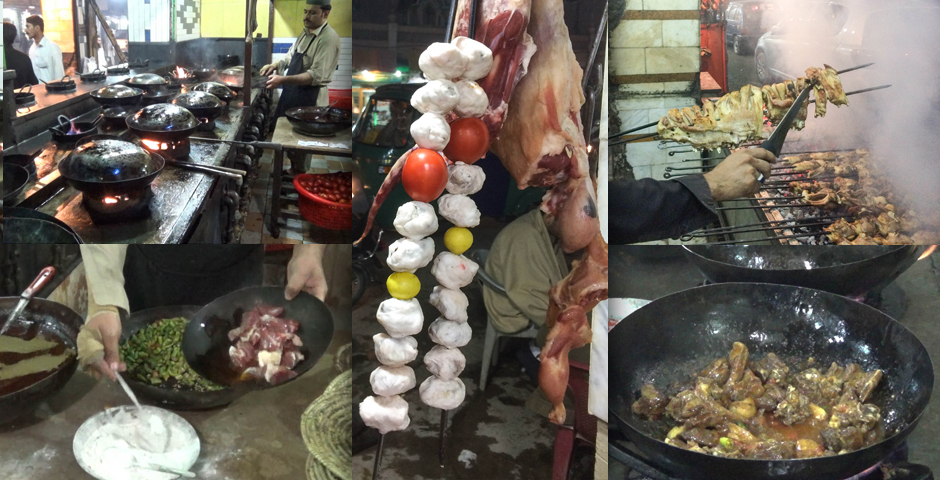
Unlike many other popular restaurants, you will not find any air-conditioned halls in Namak Mandi.
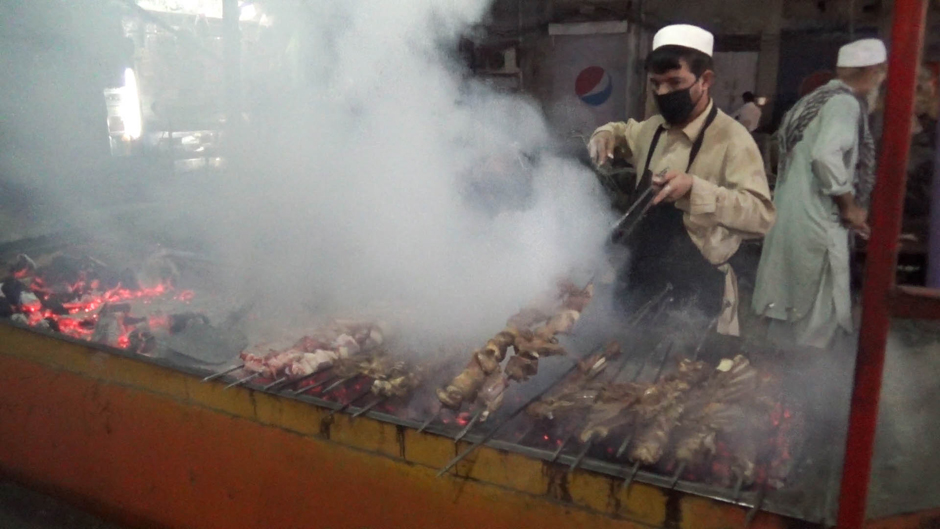
PHOTO: EXPRESS
Even decent seating is hard to come by, but despite this, people from Punjab and even farther down the country come here in large numbers, often with their families, and even in the sweltering summer months.
Although there are many shops in Namak Mandi, the man holding the skewers is almost always a Shinwari tribesman – unsurprising for those who know that tikka karahi and mutton barbecue are considered Shinwari specialties around Landi Kotal, where the tribe is largely settled.
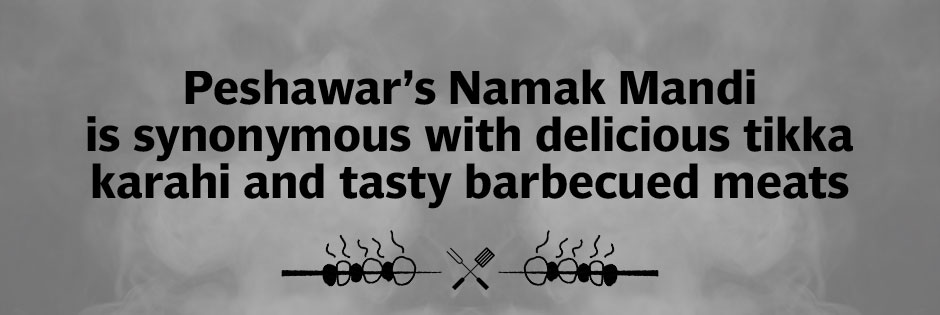
There are stories that Shinwari people cook mutton in three different ways, with barbecue reserved for camel herders, as Shinwari people have a history as traders and transporters, travelling across Central Asia as well as the sub-continent with the hardy beasts of burden.
They used to travel along trans-Afghanistan roads to Central Asia and Kashghar, as well as Bukhara and other cities in search of merchandise.
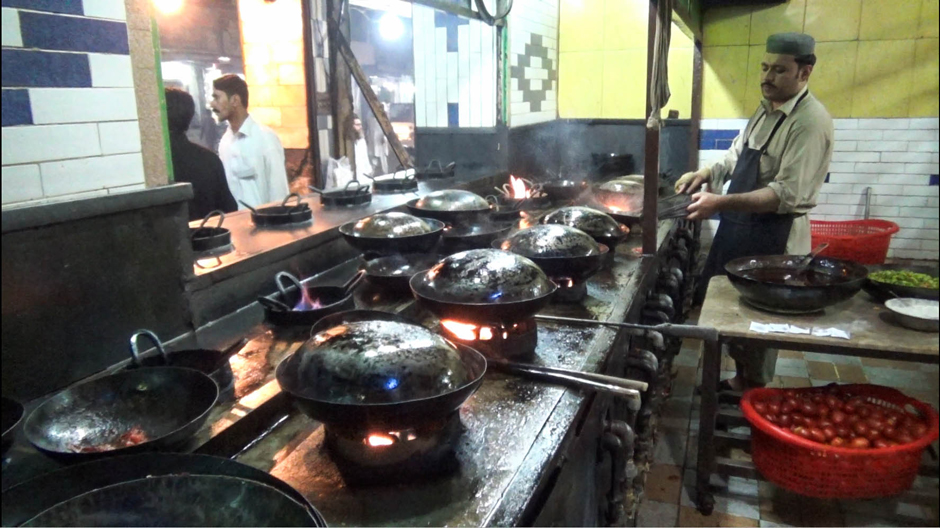
PHOTO: EXPRESS
“My grandfather used to tell me that Shinwari camel herders were the only people who would eat sheep meat and local Peshawaris would laugh at them because they thought that these highlanders were out of their minds.
In the subcontinent, goat meat was always recommended because it was easier to digest and there is a saying that every body part of a goat you eat strengthens the same part of the human body,” said Shad Muhammad Shinwari.
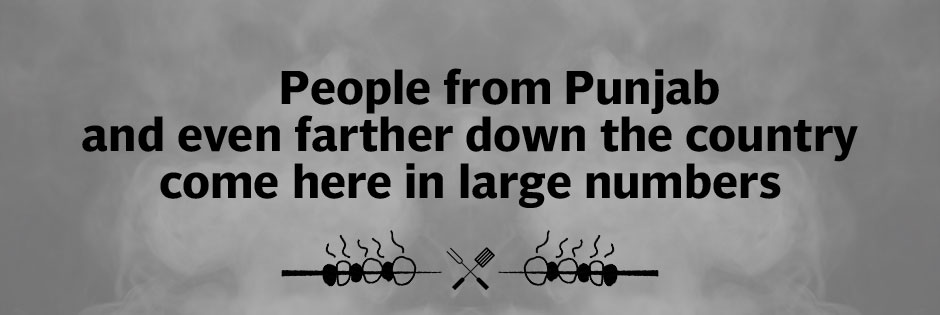
“Namak Mandi was the main salt market in Peshawar, and salt was transported by camel caravans managed by Shinwari people, so some Shinwari tribesmen established a few stalls to sell mutton to their compatriots,” said Shad Muhammad, who works as a cook at one of the local restaurants.
He explained that when some adventurous locals tried the food, they discovered how delicious it was, and ever-so slowly, a food market emerged which is now referred to as Namak Mandi.
“If you are a guest in Peshawar and someone says, ‘Let’s go to Namak Mandi’, it simply means that you are invited to a dinner or lunch,” he added.
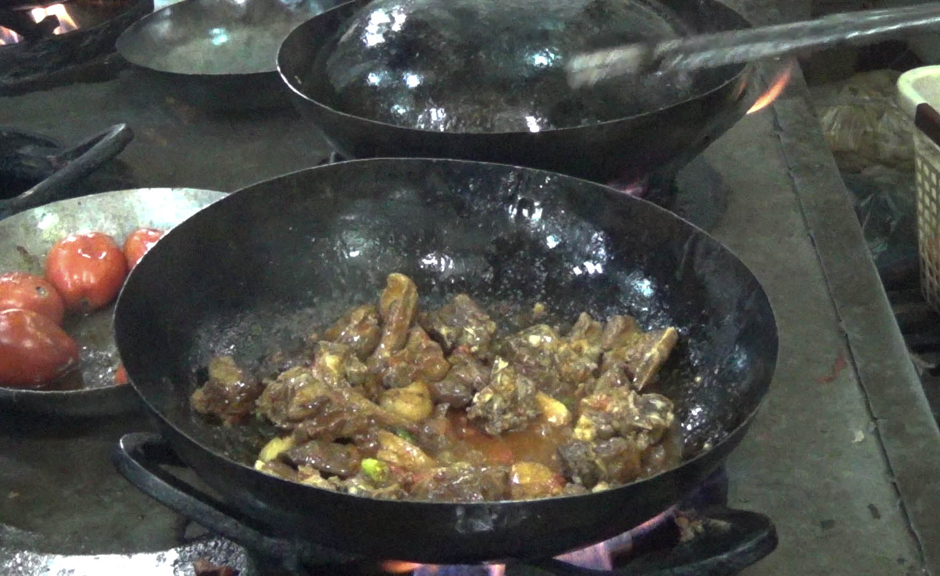
PHOTO: EXPRESS
“The salt market and days of trade caravans are long gone, but their legacy has survived in the shape of these mutton dishes,” he said, adding that the work also pays reasonably well – he makes Rs1,000 a day.
“The food at Namak Mandi is somewhat expensive, costing Rs1,000 per kilogram, but when you compare it with Chinese restaurants or others eateries with high-end food, it is quite reasonable,” said Fawad Ahmad, a local who seeks to dine at Namak Mandi at least once a week.
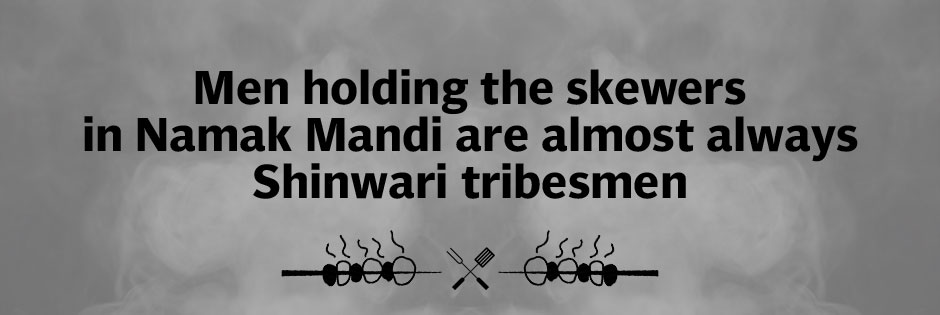
“My principles in life are really simple. Work well, eat well and sleep well. I come to Namak Mandi alone once a week and order half a kilo of meat in a Karahi, which is sufficient enough to feed a man,” he said, adding that in the past, there used to be a unique dry fruit-based chutney available only in Namak Mandi, but it has gotten hard to find because people were reluctant to pay for it separately, despite its great taste.
Of note is the fact that most of the diners on-site are not locals.
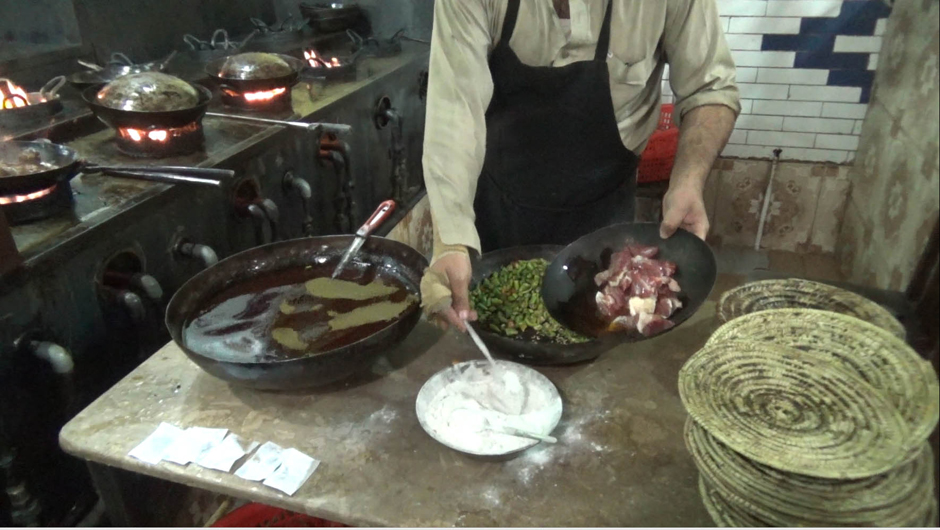
PHOTO: EXPRESS
“You know what they say about Lahoris and their love for good food, so it’s no wonder that we would come to Peshawar just to eat at Namak Mandi. I know others who come here with their families and stay in five-star hotels with just one item on the agenda – to eat at Namak Mandi. I have not seen anything like this mutton karahi anywhere in Pakistan or even abroad,” Farmanullah, a resident of Lahore, told The Express Tribune.
“Namak Mandi is so famous that we are often contacted to send our cooks out to Islamabad and other cities to prepare food at big events, despite the fact that it is very expensive,” said Nasir, who owns one of the restaurants.
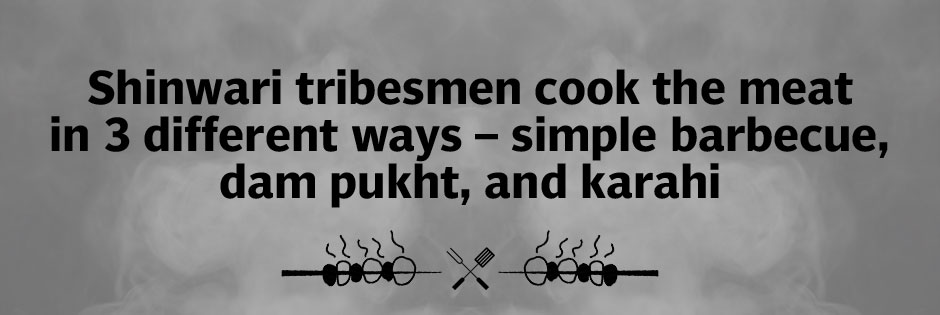
He said that anyone interested in preparing a tasty mutton tikka karahi should know that the local breeds of sheep in the mountainous areas of Fata and other parts of K-P are particularly suitable for it.
“The Balkhi sheep have more meat, but our local Watani sheep taste the best, so keep that in mind before judging the taste of mutton available at Namak Mandi and other places.
One other thing to be noted is that we only slaughter ram, and the age of the animal is also important as the meat of a lamb is easier to cook,” he added.
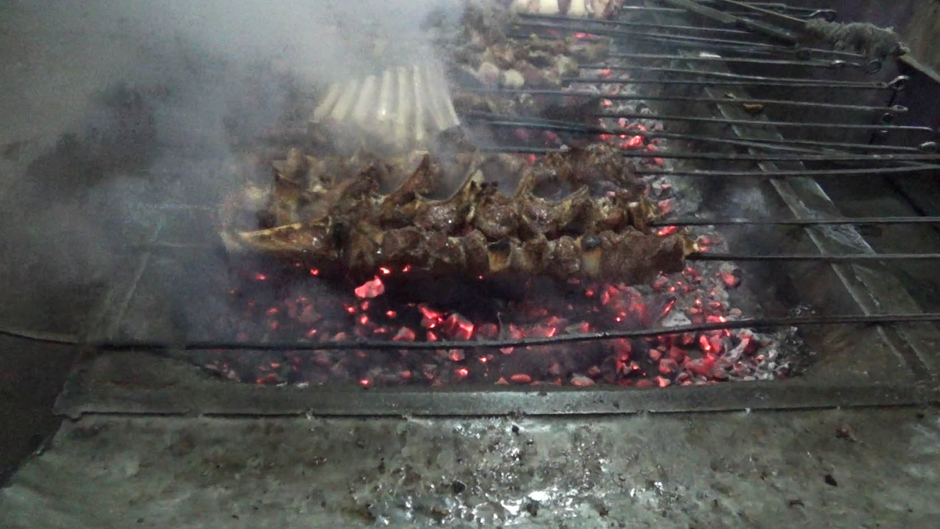
PHOTO: EXPRESS
Another local, Wahid Khan, told The Express Tribune that whenever they try to cook the mutton at home, it tastes different.
“When these restaurant owners slaughter a ram, it is not washed with water at any stage as it is believed that it would take away the taste. Similarly, it is cooked in its own fats, traditionally without any spices or even tomatoes, but these days visitors from Punjab insist on adding tomatoes and red chilies,” he informed, saying that with the passage of time, some restaurant owners had started using cooking oil, and this was why the taste was ‘just not the same’.
“Contrary to common belief, Landi Kotal is the actual hub of mutton karahi. The karahi in Landi Kotal tastes far superior to that in Namak Mandi because they always select local breeds of sheep and they only cook the meat in its own tallow, which we call lam,” he explained.
Shinwari tribesmen cook the meat in at least three different ways – simple barbecue, dam pukht, and karahi, adding that dam pukht is rarely found in Namak Mandi these days.

















COMMENTS
Comments are moderated and generally will be posted if they are on-topic and not abusive.
For more information, please see our Comments FAQ